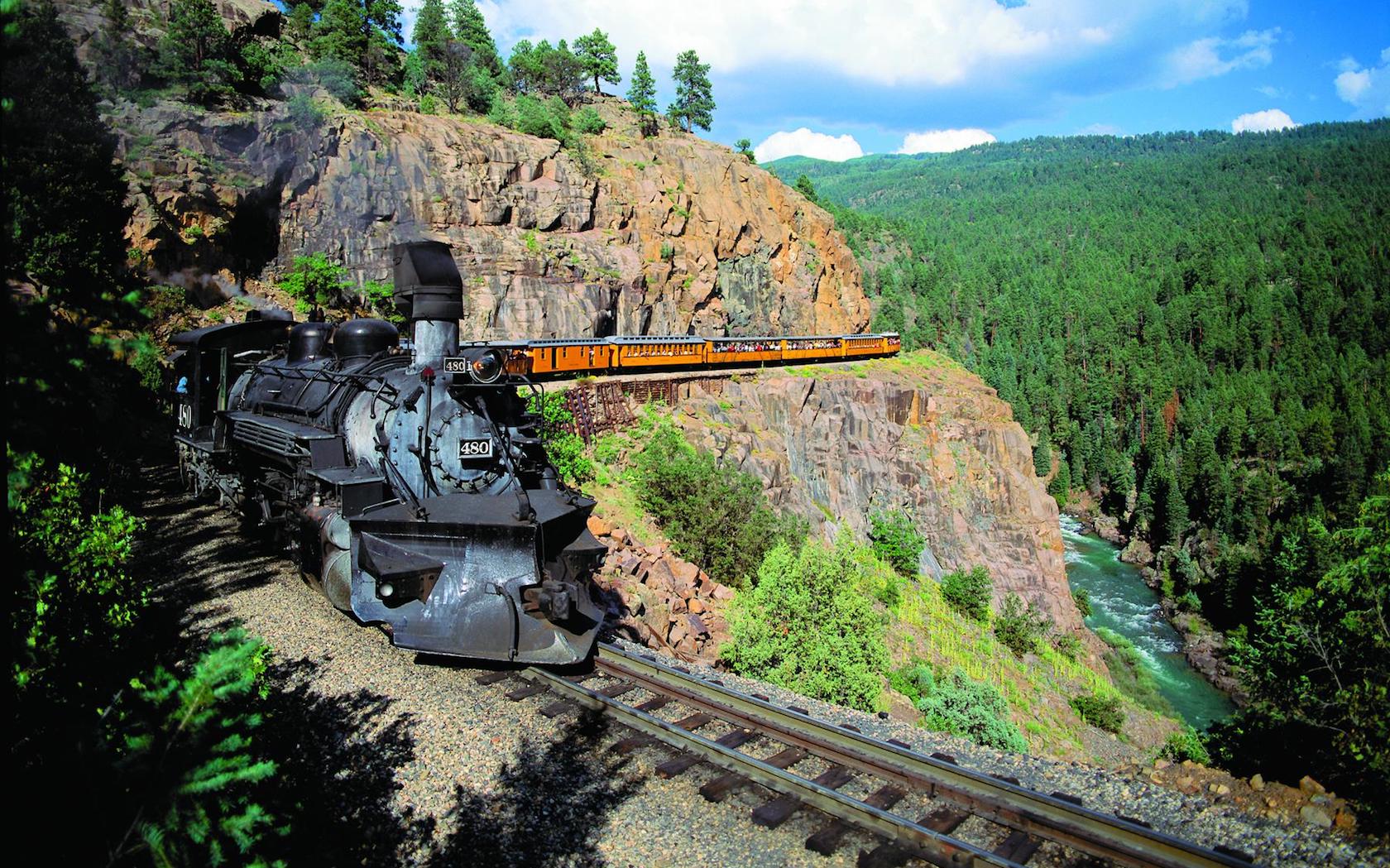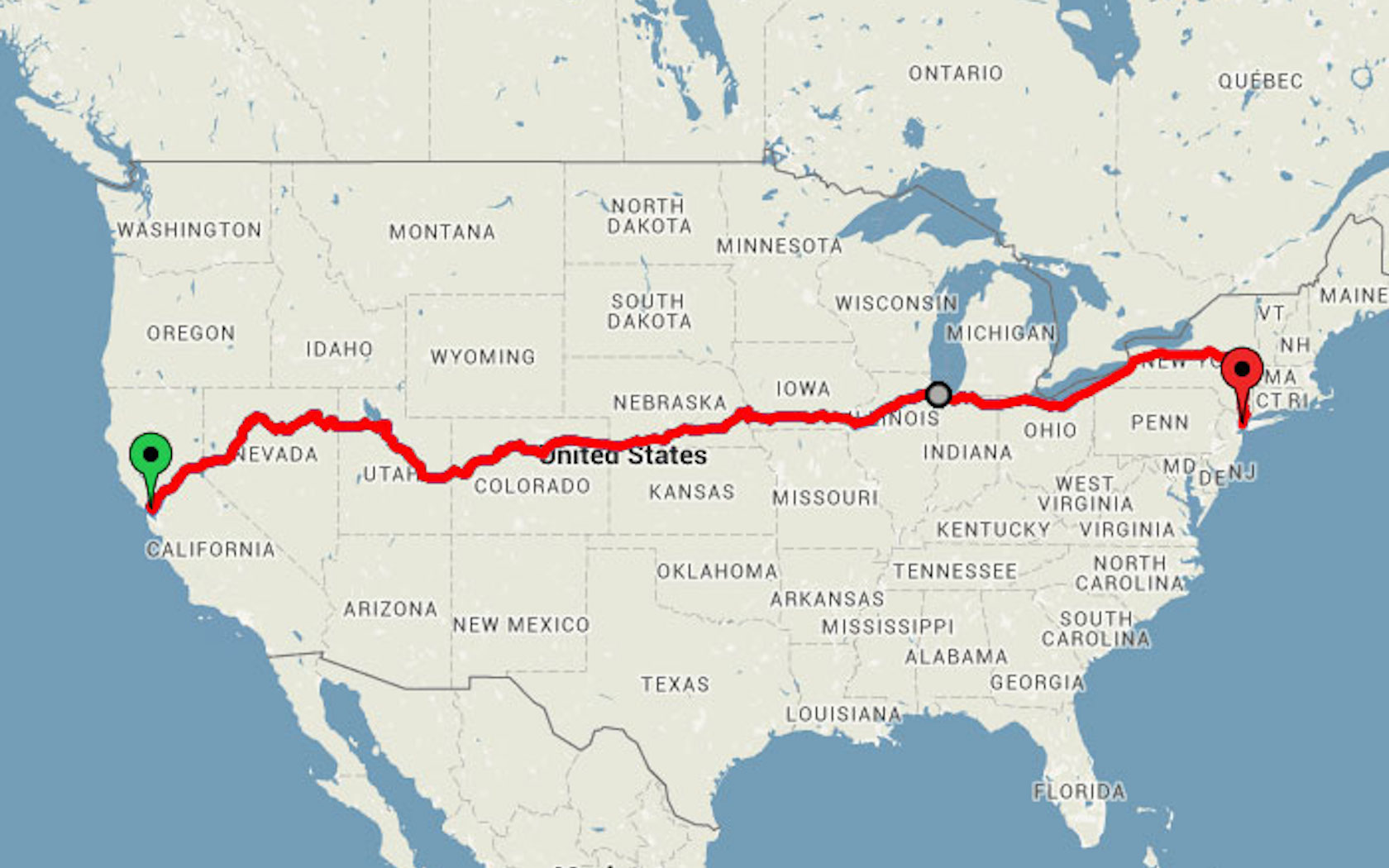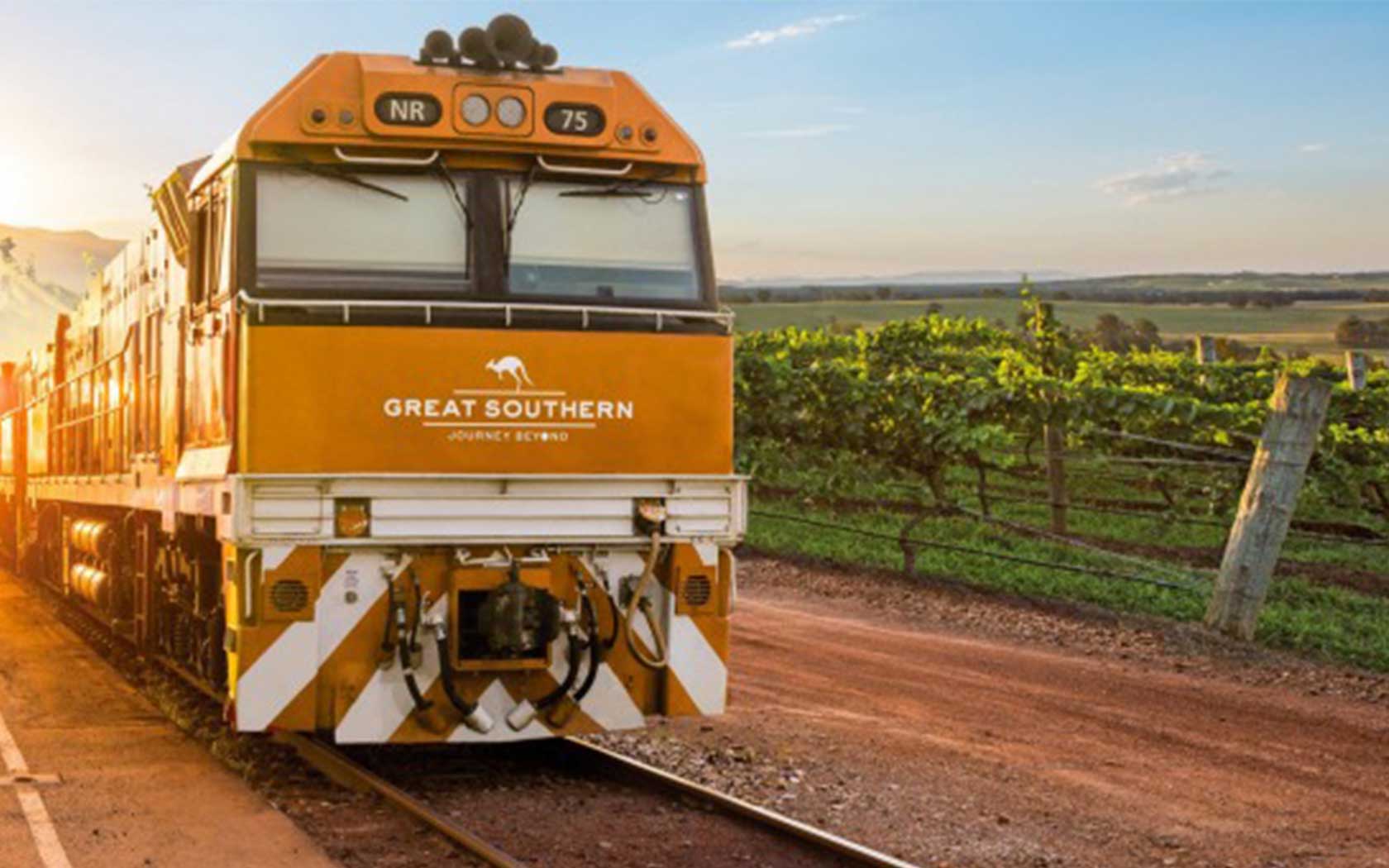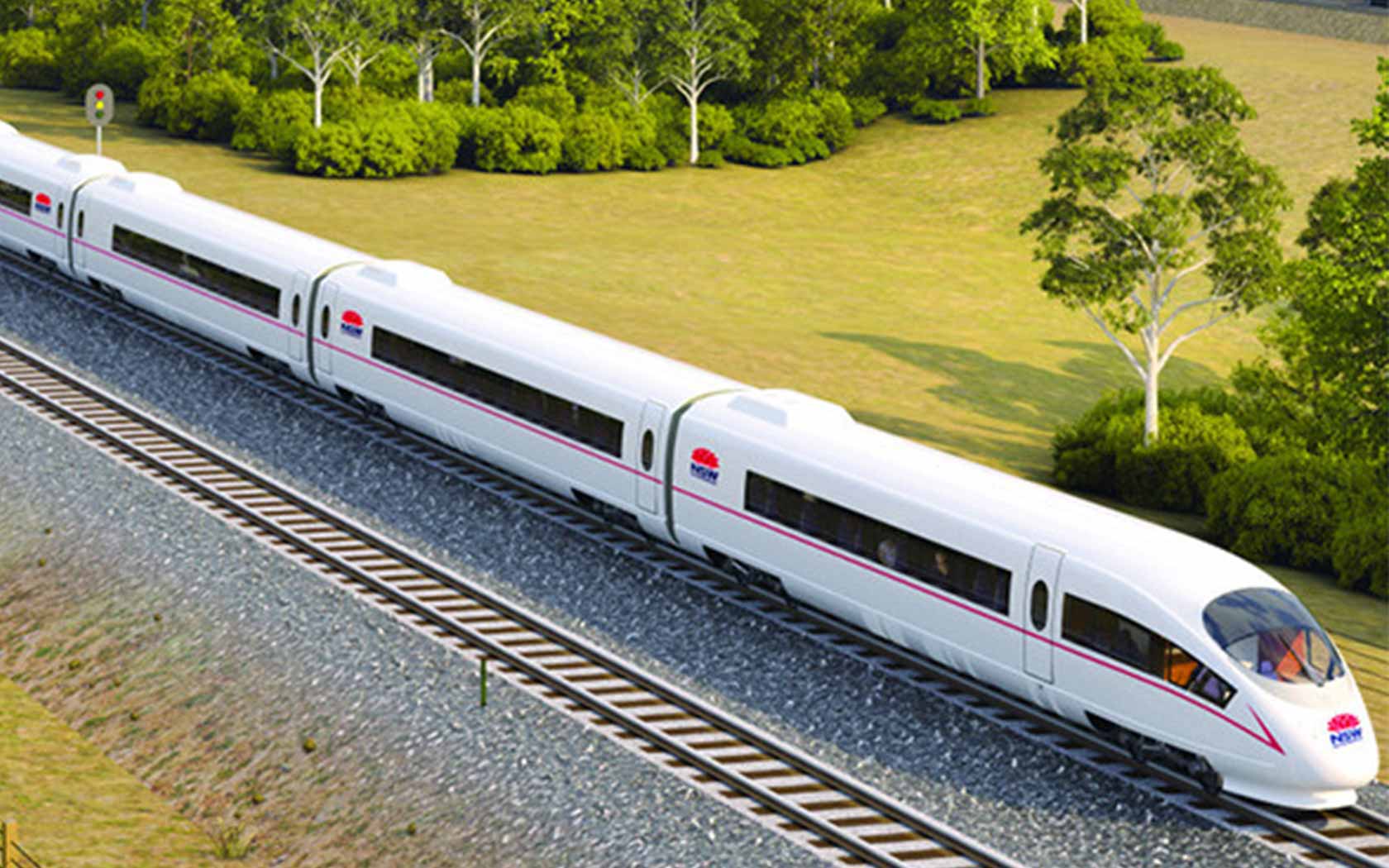Riding Mexico’s Last Passenger Train Through The Sierra Tarahumara

The railroad from Chihuahua to Los Mochis on the Pacific coast, known as Ferrocarril Chihuahua Pacífico but locally referred to as “El Chepe”, has become something of a holy grail for budget travellers in Mexico.
[related_articles]65612,65346,59385[/related_articles]Passing through the dramatic scenery of the Copper Canyon, home to the Raramuri Indigenous people, and tiny mountain villages to arrive within a short bus trip of some northern Mexico’s best beaches, this journey gives a sense of the scale, beauty and isolation of the country’s interior.
Over 653 kilometres, the train travels through 86 tunnels and crosses 37 bridges in what is known as the Sierra Tarahumara, in the northern section of the Sierra Madre mountain range.
The railroad was completed in 1961, and the train that runs today is, well, not new. But El Chepe has all the basics you need (like snacks and toilet facilities), and you’ll be too focussed on the views out the window to worry about the faded upholstery.
Taking Mexico’s El Chepe train
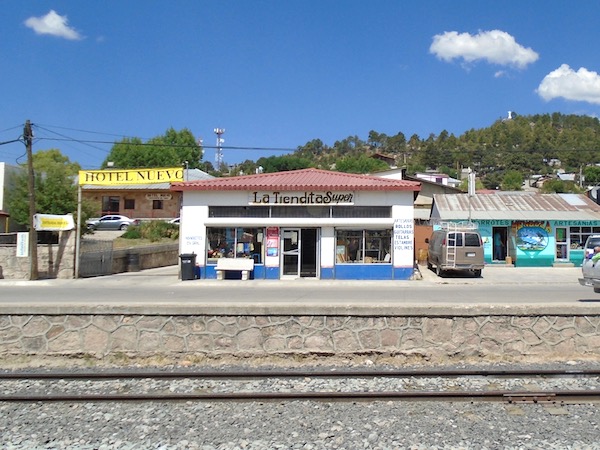
The whole train trip is expensive by Mexican standards, at around $140 for the one-way journey, but a total steal when compared to intercity trains in Australia or Europe. The price includes the option to get off at up to three of the 13 stops along the way and stay a night before picking up the train the next day, which is the best way to get to know the region.
[related_articles]65160,48775,39818[/related_articles]Because of the geographical isolation and low population density of the canyons, it is important for travellers to consider the environmental and social impact of tourism in the Sierra Tarahumara. (The name Tarahumara was given to the Indigenous peoples of the canyons, who refer to themselves as Rarámuri.)
The Rarámuri once lived throughout the state of Chihuahua, but were forced to retreat to the canyons due to the arrival of Spanish in the 16th century. They are renowned long-distance runners who traditionally live an independent and isolated agricultural lifestyle, but increasing tourism is rapidly changing many communities in the Sierra.
Stopover in Creel
In Creel, the biggest town on El Chepe’s route, there are a couple of established operators who run tours into the canyons and even visit Rarámuri cave settlements.
[related_articles]27556[/related_articles]Eco-alterNATIVE Tours is a Tarahumara owned and operated outfit that offers unique insight into the culture and history of the canyons. Many of the tour agencies also rent out bikes and maps so you can explore the area independently. Basaseachic Falls, the highest waterfall in Mexico, is a two hour drive from Creel and well worth the day trip for spectacular views.
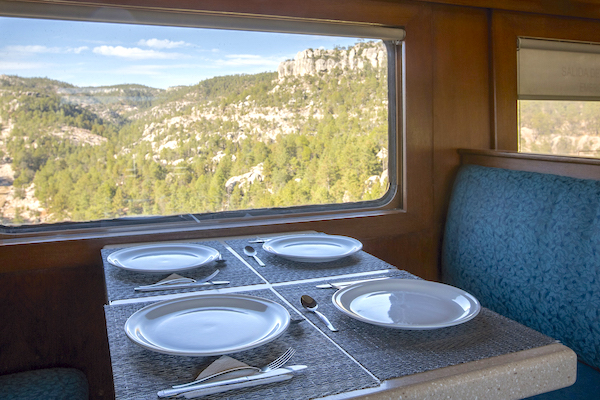
Travelling in the Sierra Tarahumara is also a great opportunity to eat the best of traditional Mexican cuisine and stock up on authentic, handmade souvenirs. Creel has the most touristy places, so make sure you make the most of tacos by the traintracks. Northern Mexico favours meat and wheat tacos over the south’s corn obsession, resulting in distinctive flavour combinations dictated by the arid environment.
Check the views at Divisadero
Of the other train stops, Divisadero offers stunning panoramic views of the canyon plus the longest zipline in the world. From Bahuichivo station, you can reach Cerocahui, an colonial town surrounded by waterfalls and valleys, and Urique Canyon, which is nearly two thousand metres deep. El Fuerte, one of Mexico’s designated pueblos magicos (magic towns) is another delightful stopover.
The final destination of Los Mochis is nothing special when it comes to tourist attractions, so most travellers just use it as a transit point.
At the end of your El Chepe journey, you could kick back at a resort in Guaymas or San Carlos (a five hour drive north of Los Mochis) for a couple of days to wash off the canyon dust. Or, if you’ve got another week or two up your sleeve, take the ferry from Los Mochis to La Paz and explore Baja California, because why not add another form of affordable but luxurious travel?
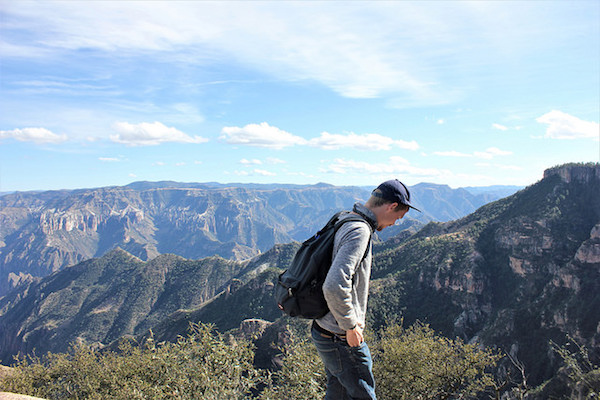
El Chepe departs at 6am from Chihuahua on Mondays, Thursdays and Saturdays and from Los Mochis Tuesdays, Fridays, and Sundays. It is recommended you arrive at your departure point at least a day before and buy your ticket a the station. Accommodation on the route also books out in peak season, so plan ahead if you can.
[related_articles]51695[/related_articles]How to get there
- Fly Qantas to Dallas
- Take a connecting flight to Monterrey, Mexico
- Take a connecting flight to Chihuahua, Mexico
- Chihuahua, Mexico
(Lead image: charlieontravel.com / Flickr)


